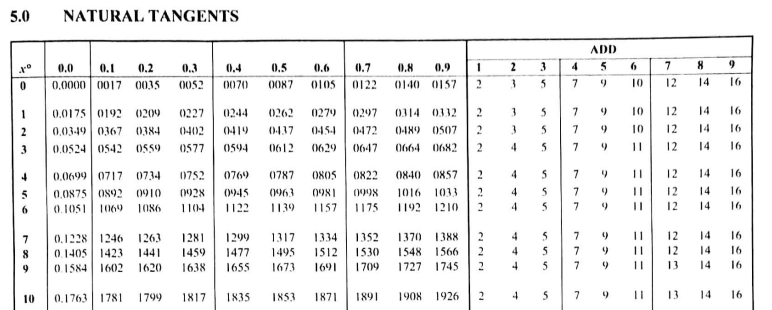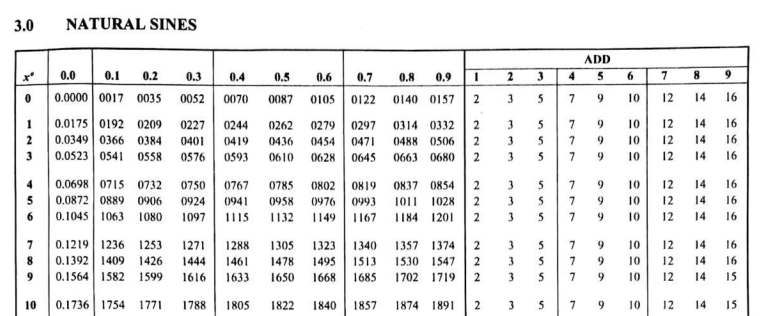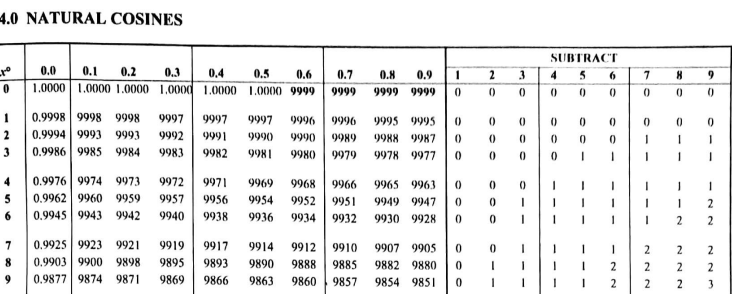Activity 4.4.1.
\(\textbf{Work in groups}\)
-
Draw a right-angled triangle and label its vertices as \(P\text{,}\) \(Q\text{,}\) and \(R\text{,}\) with the right angle positioned at \(P\text{.}\)
-
Identify the side that is next to angle \(Q\text{,}\) excluding the hypotenuse.
-
Point out the hypotenuse, the side that lies opposite the \(90\)° angle.
-
Now repeat the same steps, but this time use angle \(R\) as your reference.



